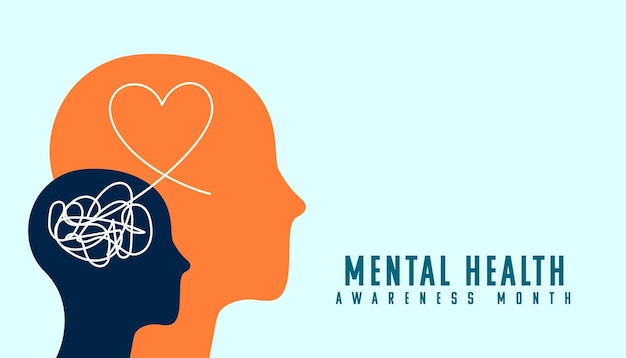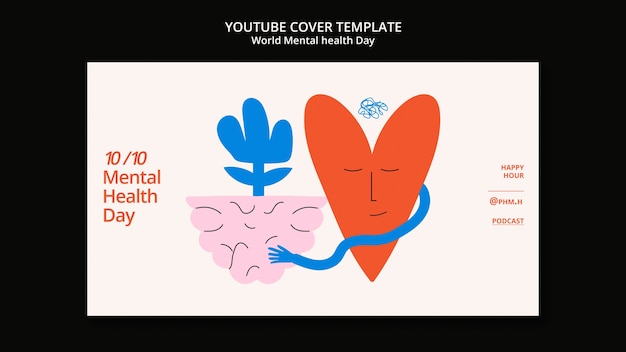In today’s fast-paced office environments, stress has become an almost invisible companion—lingering through back-to-back meetings, tight deadlines, and screen fatigue. But what if you could reset your stress levels in just 10 days? With short routines, simple daily habits, and evidence-based strategies, this plan is designed specifically for office workers seeking sustainable relief—no drastic lifestyle changes required.
Research shows that it takes about 10–21 days to form a new habit. A 10-day timeframe is long enough to create noticeable shifts in mood and energy, yet short enough to feel manageable. This plan focuses on micro-habits—small, consistent actions backed by science—that reduce cortisol (the stress hormone), improve focus, and support emotional resilience.

Begin your day with 3 minutes of diaphragmatic breathing. Sit upright and inhale deeply through your nose for 4 seconds, hold for 4, exhale slowly for 6. This activates the parasympathetic nervous system, lowering heart rate and calming the mind. Practice this before checking emails.
Swap your first coffee for a large glass of water. Dehydration increases cortisol levels and impairs concentration. Adding a slice of lemon can enhance absorption and gently stimulate digestion.
Set a timer to stand and move every 60 minutes. Just 2 minutes of stretching, walking, or shoulder rolls improves circulation and reduces mental fatigue. Try calf raises while waiting for a file to load or a meeting to start.
Spend 5 minutes organizing your inbox and desktop. A cluttered digital space increases cognitive load. Archive old emails, delete unused files, and create a simple folder system. This small act reduces decision fatigue throughout the day.
Write down three things you’re grateful for—no matter how small. Studies show that gratitude journaling for just 5 minutes daily can increase long-term well-being and reduce symptoms of anxiety. Keep a small notebook on your desk or use a notes app.
Step away from your desk and eat lunch without screens. Focus on the taste, texture, and smell of your food. Mindful eating improves digestion and reduces stress-related overeating. Even 10 minutes of undistracted eating makes a difference.

Turn off non-essential notifications after work hours. Use your phone’s focus mode or schedule a ‘digital sunset’ 60 minutes before bed. Blue light and constant pings disrupt sleep quality, a key factor in stress regulation.
If a task takes less than 2 minutes, do it immediately. This reduces mental clutter and prevents small tasks from piling up. Examples: replying to a quick email, filing a document, or scheduling a reminder.
Spend 5 minutes having a non-work-related conversation with a coworker. Social connection is a powerful stress buffer. Even a brief chat about weekend plans or a shared interest can boost mood and reduce isolation.
Spend 10 minutes reviewing what worked. Which habits felt natural? Which were challenging? Use this insight to choose 2–3 practices to continue. Sustainability comes from consistency, not perfection.
Unlike extreme detoxes or hour-long workouts, these micro-habits fit seamlessly into a typical office day. They require no special equipment, gym membership, or major time investment. The focus is on consistency, not intensity—making long-term adherence more likely.
Moreover, each habit is supported by research:
Stress doesn’t disappear overnight, but how you respond to it can change quickly. This 10-day plan isn’t about eliminating stress entirely—it’s about building a toolkit to manage it effectively. By the end of the week and a half, you’ll likely notice improved focus, calmer reactions, and a greater sense of control.
Start small. Pick one habit if you’re overwhelmed. The goal is progress, not perfection. Over time, these tiny shifts add up to a more resilient, balanced work life.

Wellness

Wellness

Wellness

Wellness

Health

Health

Health

Health

Health

Health

Health

Health

Health

Fitness

Health

Health